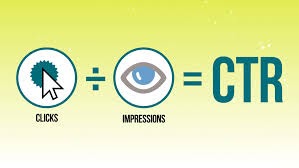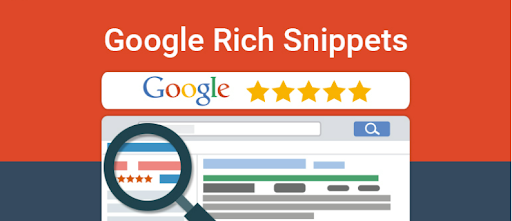I posed the question to SEO professionals about what they thought was the most underutilized SEO strategy or tactic. I got over 100 responses which I broke up into 8 categories and 44 subcategories. This is part 2, which highlights the underutilized strategies related to onsite optimization.
Onsite Optimization Sub Categories:
- Onsite Optimization
- Internal Linking
- FAQ Schema Markup
- Meta Keyword Description
- Optimizing Product Pages
- Improve CTR of Top Ranked Pages
- Adding Numbers to Title Tags
- Adding Titles to Links
- Use Rich Snippets
- Optimize Multimedia
- Optimize for Voice Search
Onsite Optimization
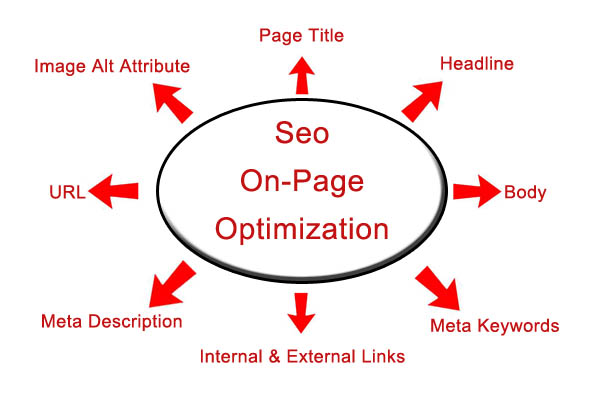
- Ryan Patterson the Head of Search for JobSage thinks:
“The most underutilized SEO strategy is the one that is the most obvious and within the control of the SEO – on-site optimization. I cannot tell you how many websites I have looked at that have invested a ton in good content and have massive backlink profiles but that have terrible on-site technical SEO. Slow-loading pages, broken internal links, invalid sitemaps, etc can all greatly inhibit a website’s ability to achieve great rankings. I think this happens due to a disconnect between the SEO’s and the development teams, but I always like to start there because it’s usually the place to find the quickest gains and also the foundation for all content and off-site SEO efforts.”
Internal Linking
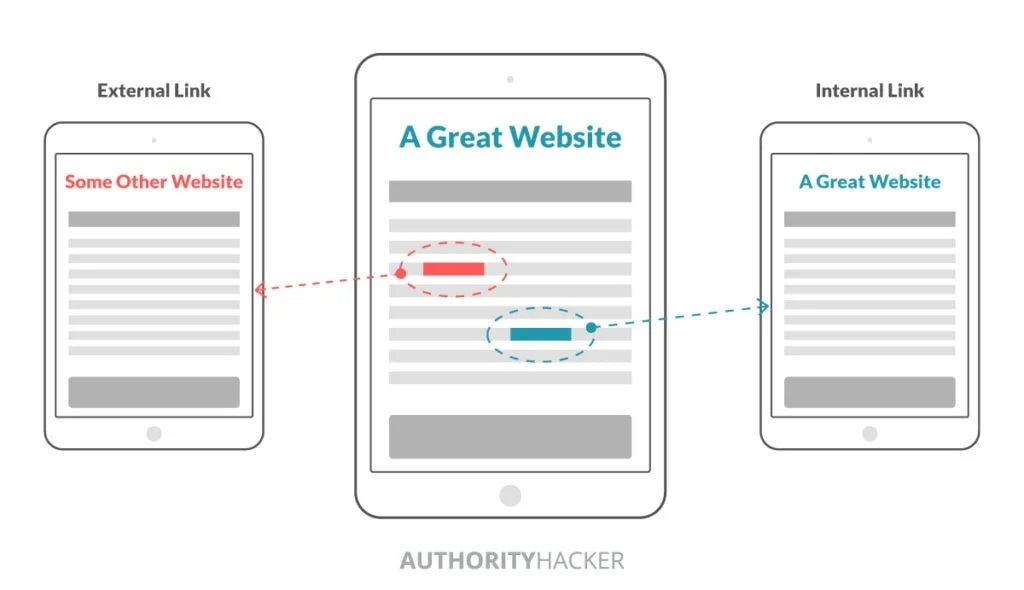
Aaron McWilliams, Director of Marketing at 1Dental said this:
“One of the most underutilized SEO tactics is the general idea of link building. Even if your page doesn’t have a blog or article area, there are still opportunities to link building. One of the easiest ways to generate this process is to do internal links. This is where you find opportunities to link to yourself throughout your web page. This can be seen by having links in the header, footer, blog post, or products page. By building these internal links you are helping the growth and authority of your business. Moreover, once you become more confident in internal linking you can move to external link building and begin building relationships with other sites and businesses. Link building is one of the most underutilized tactics in SEO but also one of the best ways to build and strengthen your business’s marketing, growth, and affluence.”
Ewan Duthie, managing director at Web Integrations Ltd stated:
“Internal linking is one of the most overlooked strategies by SEOs. Not only does it help Google to understand your website structure better, but also it passes authority to other pages and helps to establish topic relevance. If you need to rank a new page on your website, then you can add an internal link to that page from existing relevant pages of your website that have backlinks. It will help to rank your pages faster by passing link juice and providing topic relevance.”
And Karl Hughes, the CEO of the technical marketing agency Draft.dev said:
“Internal linking is a great way to get people to dig deeper into your website lowering your bounce rate. Not only does it keep viewers on the page, but it also increases the SEO ratings dramatically.”
Valentine Okoronkwo the Digital Marketing Manager of Passive Secrets states:
“The truth is, interlinking should be used to define the architecture and hierarchy of your website.
“One of the great benefits of interlinking that no one talks about is its ability to drive people to funnel people from the unaware stage down to the solution aware. Interlinking helps your users navigate your website, which increases the retention time, conversion rate, and helps you make more money from your site overall. It also helps distribute the page authority and ranking power throughout your site from an SEO perspective.”
Noah Kain from Noah Kain Consulting added:
“Many websites ignore or under utilize internal linking as a strategy to improve a site’s SEO. Interlinking relevant content on your website with the proper anchor text can benefit your website in a few ways. First and foremost, it will help crawlers better understand your website and content. Combined with the right anchor text, that often results in an increase in keyword rankings. Additionally, internally linking can also help with your user experience and keep visitors on your website longer.”
To help us understand why internal links are so important Jon Bennion,CEO of Online Marketing Gurus commented:
“In my experience, optimizing internal links is likely one of the most underutilized tactics in SEO. Internal links are essential because they serve as an effective instrument that connects content and helps build a hierarchy into our website architecture. That helps Google understand what your page is about and rank it accordingly. Internal links also help keep visitors coming to other relevant content on your site, reducing bounce rate. Besides, helpful, natural internal links give the users a positive, meaningful experience. So your site’s SEO must evaluate and improve internal linking strategy regularly. If you notice that some of your pages perform better than you expected, you may create meaningful internal links to them to give these pages a boost.”
Mike Funkhouser, CEO of Small Business Mentor explained why internal linking is so valuable when he said:
“I’ve worked with so many agencies and organizations that focus so much of their efforts on external backlinks and building out content that they forget to connect it all together.
“Internal linking helps create a web of information on your website, something Google loves. If you’re writing a blog and mention something you’ve already written about or a page on your website, make sure to link to that resource! It helps Google index all of the pages on your website faster and is just generally helpful to your readers.”
As we are working on our internal linking one might ask how much content should we link? According to Joe Fisher, owner of the SEO agency Opticlick:
“Website owners don’t always appreciate the power of internal linking if done correctly. I’ve seen huge boosts in both rankings and traffic from implementing a solid linking strategy entirely within a website’s taxonomy.
“This doesn’t mean that you should plaster internal links throughout a site, it means you should try to ensure every page (that you want to see rank) has at least 2/3 internal links on the site pointing towards it, to help pass on link equity. The best way to do this is by using anchor text that makes sense in the context of the website’s content so it improves user experience and by using anchor text containing keywords that you actually want the pages to rank for. Avoid using generic phrases as anchor text such as ‘click here’ and ‘find out more’.”
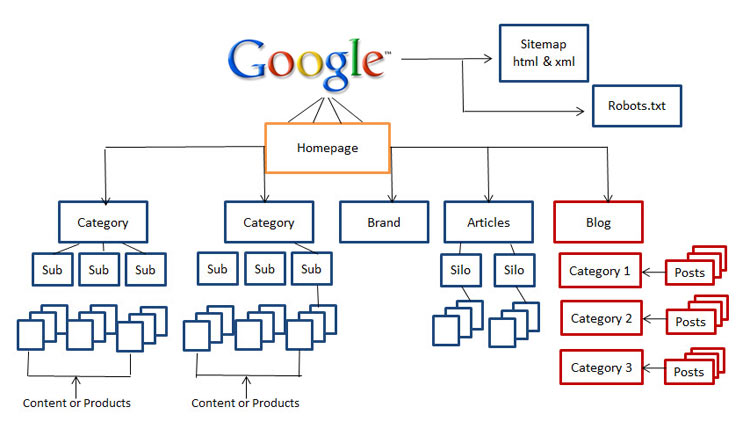
Lazarus Jackson, Founder of Modern Home Safety explains this about internal linking using soft silos:
“It is free to do and is 100% of any webmaster’s control. Many people place internal links without a fundamental understanding of pagerank being spread or “link juice.” When done correctly, internal linking spreads link juice across the entire site. You can do a reverse silo and start interlinking information pages that are topically relevant. When you reach the end of your information articles silo or cluster, interlink between your commercial page of the same relevance.”
Hugo Guerreiro from The Men Hero explained:
“Most people forget to put internal links between posts and pages, making it more difficult for Google to understand or rank your website and what pages are the most important.
“For example, in blog number 1, I barely internally linked, and it would take weeks for pages to appear on Google. However, suppose you internal link correctly between pages that make sense. In that case, Google will rank you much faster because it better understands your website, and that is what happens with Blog number 2, where I internally link at least four pages that make sense (pages on the same silo). Sometimes a newly published page on blog number 2 can rank on page 1 of Google in hours, and that’s because Google crawled the page quickly due to the internal linking.”
Kyle Börner, Cofounder, Chief Creative Marketer & Strategist at White Buffalo Creative gave an excellent example of this from his company:
“In the 7.5 years running this firm, we keep running into companies that do not silo their website content. This is a huge mistake, yet also a great opportunity to grow in keyword rankings, topical authority, and organic traffic. Plus, it doesn’t take that much work to execute and see results!
“A content silo is created when you organize pages of website content by internally linking them together and by creating tiered paths in your domain structure. For example, a swimming pool company came to us years ago wanting to increase organic traffic and lead generation. All of their URLs were single-pathed and read something like this, eg. poolcompany.com/12-ft-pool, poolcompany.com/above-ground-pool, and poolcompany.com/chlorine. The highlighted parts of the domain are the paths, and by not placing the 12-ft-pool path after the above-ground-pool path, website visitors and Google won’t understand their relation. By creating tiers of paths (content silos), it improves the user experience and helps Google understand how all of your pages relate to one another.
“The swimming pool company eventually launched a content silo that looked something like this:”
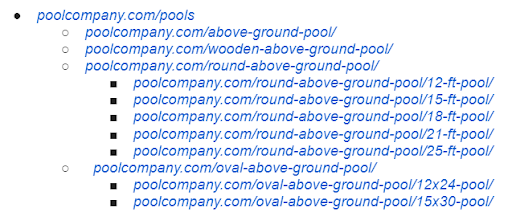
“Once we launched this content silo, and a few others, Google immediately started ranking their website for more keywords on a per-page basis, especially the top of the silo pages (in this case ‘pools’, ’round above ground pool’, etc). We took the pool company from ranking for only 325 keywords to 2,241 keywords in under 6 months.”
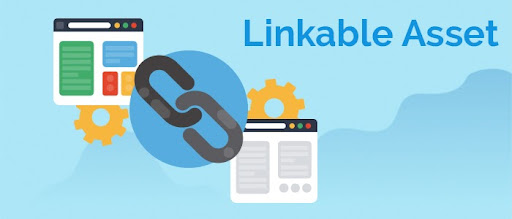
Another method mentioned by Rachel Alonte, SEO Operations Manager for Maxim Media that is seldomly used by their competition is the creation of internal linking in their linkable assets.
“Essentially a linkable asset is a piece of content that aims to attain links. In a local client space, it might be a blog post on ‘The statistics that prove the cleaning industry has declined due to COVID-19’. Whilst this post isn’t targeting a keyword with a large search volume, it is relevant and will be linked to by editorials. It costs us $40 to produce this content but we might obtain 3-5 links to it over the next 2-3 months as journalists and reporters look to source information on the cleaning industry’s lack of labor due to COVID-19. We link internally to our client’s money pages (those pages that make our client money, service pages, and the like). These aforementioned pages then receive the flow-on effect of the links that were directed at the linkable asset (without Google thinking our link building is spammy).”
“We’ve been able to grow a cleaning site’s traffic from 800 organic visitors per month to 50,000 unique visitors per month in 18 months using this method. The site in question has also received upwards of 300 unique links to its linkable assets in that time period.”
Nate Nead, CEO at SEO.co is in favor of anchor-text focused internal link building.
“There is a lot of focus in acquiring authority to specific pages of a website, but how that authority is distributed to other pages on a site is completely under the webmaster’s control using internal links.
“In addition, you are not bound by the same anchor text rules for internal links in terms of variability as you are when acquiring links from external sources. As such, let the search spiders know what each page is about.”

Itamar Blauer, SEO Manager of Cure Media added:
“By establishing topical relevance and authority, a website can better display itself as a credible source within that topic.
“Going one step further, doing an audit of your strongest pages in terms of backlinks pointing towards them and then mapping out internal links to further strengthen pages based on these backlinks is another great way to boost the topical relevance and authority.”
FAQ Schema Markup

Barb Davids, owner and CEO of Compass Digital Strategies LLC says:
“The most underutilized SEO tactic is using schema markup. Specifically, FAQ schema. Schema markup is code you can add to your pages to help search engines understand the information better. It’s like a language just for search engines, to help them understand the context of the page more specifically. Additionally, when adding FAQ schema, it can be seen in the search engine results, effectively taking up more real estate, attracting users to your listing over another.. Another benefit is that it has the potential to help rank for more keywords or improve ranking.
“I added a FAQ schema to a client’s service page. The questions and answers didn’t necessarily fit in the visible page copy. In this case, the cost for a dental service. It was the strategy not to show cost as it is a service that has many variables. When adding a question about how much it costs, with the answer of the variables it relies upon, the page gained 87% more keywords and 81% more impressions.”
Bernie Wong, Founder of Social Stand Limited claims a FAQ page is the simplest way to help users and improve your site.
“SEO focuses on providing the best answers to online queries. Like SEO, an FAQ page directly answers the most common questions of your audiences. A good example is McDonald’s FAQ page. It gives thousands of factual responses about the brand and its food. It is also sociable and stimulates customers to share their FAQ experiences.
“FAQ pages are also vital to organic performance. As they answer prominent questions of current and prospective customers, they lead them down to the path of solving their problems. Eventually, it may be a conversion for the business. Free Spirit travel insurance has done a great job in creating an FAQ page with a mix of interactive content and navigational features. It makes it easier for a user to navigate the site and proceed with the buying decision faster.
“When optimized with the right keywords, structured data marked up, and UX experience, a website can toss a laundry of random questions to an FAQ page and rank on a search engine’s 1st page.”
Meta Keyword Description

And Marcus Clarke, Founder of Searchant.co says:
“Meta descriptions aren’t exactly ground-breaking. You might have been told that keywords in titles and descriptions are becoming less and less important as time goes on and Google gets smarter, and that’s why creating great meta descriptions is probably the most underutilized SEO tactic. But ensuring your titles and descriptions match the expectation of the searcher and ultimately your potential customer is extremely important. Meta descriptions may not directly factor into the search ranking algorithm, but they are key to improving click-through rate.The best meta descriptions observe character limits (156 characters long), are persuasive and descriptive enough while also inspiring curiosity. To get the best click-through rate, using the right keywords is essential. Users need to see relevant words associated with their query to be compelled to click. The right words in the right places can do just that.”
Optimize Product Pages
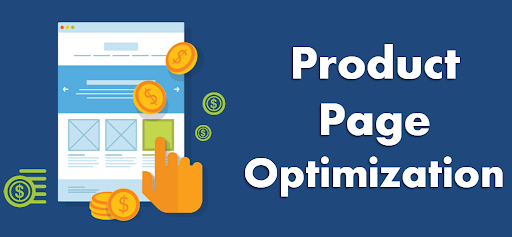
There are a variety of ways to improve your product pages. Kendal Taylor, Lead Organic Search Specialist at Tandem Buzz tells what they do:
“As a Lead Organic Search Specialist, I find adding keyword optimized content to product pages to be an underrated SEO tactic. While most businesses let their product images speak for themselves, product pages with keywords can help you increase organic traffic and rank higher in SERPs. A pro SEO tip is to optimize your content to answer specific queries on the Internet. Your product page might even rank for an answer box! Sometimes the places we think need the least attention, may help you stand apart from your competitors.”
Improve the CTR of Top Ranked Pages
Hammad Afzal, Senior SEO Expert at TechNerds shares some ideas on one of the best ways to show SEO effectiveness early on through improving the CTR of top ranked pages.
“What popular, relevant terms your top ranked pages are ranking for but have a low CTR? Go through your search console data to identify these top pages. Poor SERP CTR could be due to poorly optimized meta tags, H1 or SERP Features like rich results, featured posts and carousels. Segment per device (Desktop, Tablet and Mobile) to identify differences in queries CTR and optimize accordingly. Target those terms that you rank highly on with low CTR and high impressions. Optimize those pages to become more attractive in SERPs. To optimize for featured snippets, add a table of contents. To optimize for rich results, include or fix structured data implementation. To optimize for carousels or videos, create content in the relevant format.”
Adding Numbers to Title Tags
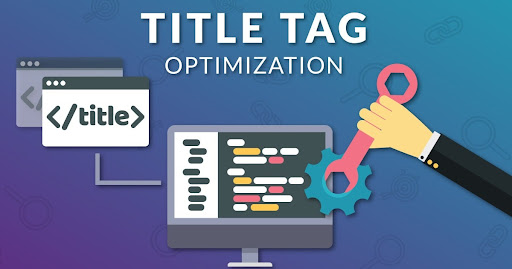
Alan Attias, SEO Manager at Net Sixty Six gives his insight to this:
“No matter who you ask, most SEO experts would agree with the statement that title tags are a very important ranking signal. Unfortunately, many people don’t understand just how important they still are. Yes, there have been significant algorithm changes which have stripped away some of their weight over time (Panda & Hummingbird), but as a whole they still remain as one of the most important SEO ranking factors which has seen little to no love from SEO professionals. Recent studies show that adding numbers to title tags can help increase rankings for particular brands. At SEO Manchester Ltd, we often split test title tags to include dates or numbers which usually produce consistent results. It is important to avoid over-optimising which can be perceived as spammy. However, including numbers will often lead to increases in Click Through Rates for the related keyword query.
“As an example, a recent post produced for one of our clients, was created based on the topic for “Why Your Business Needs An IT Support Provider” which did not gain much traction, following on from it being made live. It was then further optimised with the title tag amended to read as “10 Signs Your Business Needs an IT Support Provider.” A further analysis of performance data via Google Search Console reporting revealed a significant spike in impressions received for the Organic traffic. Please find image below highlighting the sudden spike in impressions data once the title tag had been updated to include a number.”
Adding Titles to Links
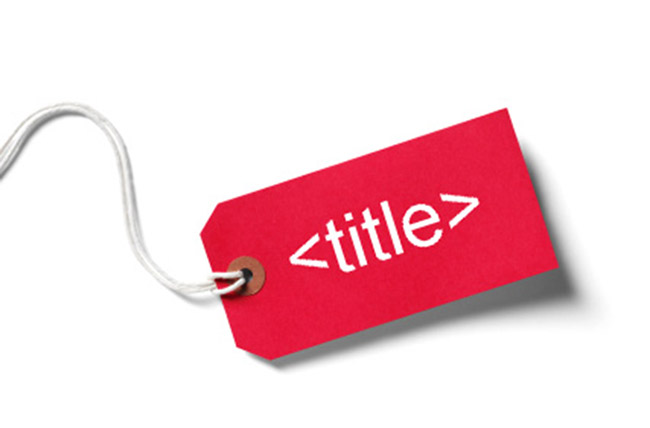
Nick Rushton, Director for Zephyr Digital Growth Agency reminds us the benefit to adding titles to our links:
“Adding titles to links is almost always overlooked but is a simple way of adding more context to the internal linking structure of a site and allowing Google to understand how different pages relate to one another.”
Use Rich Snippets
Cindy Corpis, CEO of SearchPeopleFree shares her ideas on using rich snippets:
“You’ve optimized the title tags and meta descriptions, as well as target all of the proper keywords, but you’re still baffled as to why the results aren’t better. I’ll reveal a tiny secret to you. Many digital marketers do not use rich snippets in their marketing plans, which means you have an opportunity to be ahead of the pack. Rich snippets make it easier for search engines to crawl and analyze your site, allowing them to present your listing with more information.
“Previously, Google just displayed the title, URL, and a brief description. Today, if you search for any phrase, you’ll see paid adverts, frequently asked questions, similar searches, and more. If you look closely, you’ll see that some of the listings include more content than others. Some listings provide star ratings, hours, contact information, and a map, while others do not. Now go back to your website and see how the search engine has shown it.
“Keep in mind that Google and other search engines are always changing. Rich snippets should increase your listing’s ranking, but there’s no assurance. Even if rich snippets don’t improve your ranking today, it’s possible that it will improve tomorrow, next week, or next month.”
Optimize Multimedia

Kent Lewis, President & Founder of Anvil reminds us:
“Properly optimize your multimedia files (as described in this article: Best Practices for Voice Search and Position Zero Optimization Strategies). Google images is the second largest search engine by volume (even bigger than YouTube). Optimizing your product and service images and videos with ALT text is essential to ensuring they rank in product-related images searches. The images link to the product pages where interested parties can purchase easily. Additionally, images are a powerful revenue opportunity via shopping capabilities on social media sites like Instagram and Pinterest.”
“Optimizing your images will increase your organic CTR (click-through rate), which has a direct impact on both user experience and conversion rates. Images help users better understand what content you’re trying to push forward with your articles, making them more likely to click through to internal pages that link back to that specific article or blog post. Having optimized alt tags also helps Google understand what each image is about for indexing purposes, giving them another form of data that they could use if they were deciding which page should rank first for a particular keyword”, according to Matt Weber, the Founder of Weber & Co.
Optimize for Voice Search

Laura Jimenez, digital marketer for ishine365 states:
“As we know, the mobile has replaced desktop as the preferred device for Internet Activity. Similarly, voice search is replacing manual data entry as the primary way to specify what type of information you are looking for. Most of the websites are mobile-friendly yet they are not voice optimized. It is needed that conversational keywords and phrases should be used so that the chances of appearing high in SERPs for related searches are raised. Moreover, it is also important to have regularly updated FAQs that align with the conversational keywords and phrases the target buyer may use.”
Paige Arnof-Fenn, Founder & CEO of Mavens & Moguls adds:
“Websites must be optimized for voice search adding usability/functionality to your site making it accessible to all users including those with limitations/disabilities. It’s not about complying with the ADA/responsible web design/CSR goals but it is also good for the bottom line by reaching a broader audience.”
In conclusion
As you can see, the focus for many SEOs is optimizing their websites. If you can focus efforts on Internal Linking, FAQ Shema Markup, Meta Keyword Description, Optimizing Product Pages, Improve CTR of Top Ranked Pages, Adding Numbers to Title Tags, Adding Titles to Links, Use Rich Snippets and Optimize Multimedia you will vastly improve the rankings on your website.
Other Categories in this Series:
#1- Underutilized Keyword Research Strategies
#3- Underutilized Content Strategies
#4- Underutilized Link Building Strategies
#5- Underutilized Technical SEO Strategies
#6- Underutilized Local SEO strategies


